World Fine Art Professionals and their Key-Pieces, 311 - Rinke Nijburg
World Fine Art Professionals and their Key-Pieces, 311 – Rinke Nijburg
On my way to Rinke Nijburg I walk down the Amsterdamseweg in Arnhem. Along the road it starts to get hilly with now and then distant views in the valleys. The Veluwe announces itself. On the left I see Het Dorp, a residential community area for people with a disability. I still remember the fundraising campaign for this on TV led by Mies Bouwman.
I walked a bit too far and return to the Brouwerijweg and ring the bell at the house / studio of Rinke Nijburg. He has another studio in the Spijkerkwartier, but this is now being renovated.
In the atelier I see a lot of books, especially art books, a cupboard full of CDs, icons, small statues, including Christ, Mary, Buddha, a Greek statue, an African ancestor statue. On the wall behind me is a painting in the making that is related to some of the works in the recent exhibition in the GoMulan gallery in Amsterdam. See also the movie on his Instragram site (black square).
Shrunken heads
The Mercy Seat Meltdown is the name of the work in progress. Rinke Nijburg: “The Mercy Seat is a type of image in Christian art depicting the Holy Trinity. The Germans call it the Gnadenstuhl.” He starts with a daguerreotype. I see the photo from the 19th century on his computer, three people seated, neatly dressed, which he is going to transform, starting with the heads. He does this drawing and painting at the same time on ‘museum cardboard’. They have become (partly) black people, with small people on their lap. These turn out to be shrunken heads. I remember shrunken heads from ‘Tintin and the Broken Ear’ set in the Amazon jungle.
Rinke: “A shrunken head is a severed and specially prepared human head that was used for rituals, among other things. For me it is about family history and ancestors. And black people is not that strange, after all we are all originally from Africa. 20 years ago I also painted people with dark skin color. In the large painting ‘Tattoo’ from 2001, Mary, the mother of Jesus, was the first to have a rather dark complexion. In ‘Cold Turkey’, another painting from that year, a dark Jesus sits on a cold stone waiting for his execution. I am originally from Lunteren in the Veluwe, where a large Moluccan community lives. I used to have three Moluccan friends. ”
The (gentle) person
His work is about people. “If I look back that way, the central theme in my work must be the human being. And especially the gentle person. Somehow I have a great weakness for softness and vulnerability and detest harshness and dominance in people. I have an eye for the predator that is in just about every human being, but the compassion for the prey is always endlessly greater. ”
Key work
Does he have a key work, an important work, which may also have marked a turn in his oeuvre? He has. It’s called ‘L’Origine du Monde’ from 2020-2021. It was also on display in the GoMulan Gallery. We know ‘L’Origine du Monde’ from the French painter Gustav Courbet (1819-1877). It is suspected to be a detail of a larger work, he says.
Rinke: “It is of course logical that an artist usually chooses a recent work for such a question. But I am sure that this is and will remain a key work, I know my own work just a little too well for that. Everything is there: sex, suffering, death, religion, the horror, the comfort, the cosmos. And yet it is a fairly simple painting. ”
“But it is not easy, not even from a technical point of view, because the work goes in all directions. It’s not necessarily pretty. But the latter shouldn’t be necessary either, because beauty alone doesn’t get me close enough to what I wanted to say. The image is on the verge of being perfectly ambiguous and thus completely incomprehensible. Fortunately it ended up in a very good, private collection in Amsterdam. ”
Academies and art world
Rinke Nijburg graduated from the Arnhem Academy in 1987. “But that was only stop 1. After that, I completed a one-year master’s degree and then studied for two years at the Rijksakademie in Amsterdam (1993-1994). That was eight years in all. Quite a lot actually. Apparently I am a slow learner. ”
How does he experience the art world? “I have always experienced the art world as very difficult… The urge to participate was always very strong and it always seemed as if I felt like a fish in the water at the openings of exhibitions. But that was and is all illusion. I see too much that everyone is doing their best to be seen. Me too. I always got sad inside, because they are all scent flags that blow away.”
“Real encounters are rare. That is already the case in normal life, but when it comes to reaching the top it is horrifying. Everyone likes and licks each other. Without that game it is not possible at all, but I am simply not good at that game. It makes me gloomy and sad. Sometimes I wanted to be an outsider artist, but a very good one. The disadvantage of types like Willem van Genk, Arnhem’s most famous outsider art artist, is that they are seldom really happy. But I’m happy fortunately. Often. Not always.”
Artistic philosophy
What is his artistic philosophy? “What I don’t understand is that our Western culture is throwing away 20 centuries of Christianity as if it were nothing. We got science and technology in its place. Yummy. There is nothing wrong with those two, but the depth of religion is lacking. That is number one as far as I’m concerned, and the others are number two and three. If you think the god out, you can of course. There is nothing wrong with that either. But then you are left with an animal, homo sapiens sapiens, which has really developed impressive scientific knowledge and technology, but is not exactly wise. ”
Religion has become separate from modern life, it seems. Rinke: “I am not an Orthodox Christian, but I am really concerned with what is essentially described in the four Gospels. Almost everyone nowadays belongs to the critics of ‘faith’ and so people really know what that faith is all about. It is also about that deepest sense for me. The fact that we humans rarely manage to live by that simple but rather radical message says a lot about us as an animal species. ”
“We still live in a time where the the basic elements of life and thought are torn apart in the same way that Descartes cut the umbilical cord between soul and body. If he had seen what we made of it, he would not have done so. People are now saddled with too much knowledge and far too many gadgets that the same person barely knows how to use for the better. It’s as if audio and video are out of sync. That is very unpleasant to watch and listen to. ”
The insufficiency of things
We have lost our spirituality. “It’s about a culture in balance. I am very fond of spirituality and religion. Han Fortmann, Roman Catholic priest and professor of Culture and Religious Psychology in Nijmegen, wrote about this. Fortmann approached various aspects of religion from a psychological angle in his work. He drew attention to the importance of the religious experience and showed that the religious experience is not a projection, but arises from the experience of the ‘fundamental mystery’ and insufficiency of things. ”
Images
1) From One Generation to the Next, 2) White Barbie With Humanoid, 3) The Limping Family, 4) My Private Slave Doll, 5) L’Origine Du Monde, 6) Skin Flowers, 7) Lagoon, 8) Reiter, 9) Thin Air, 10) portrait Rinke Nijburg (with painting Rogier van der Weyden)
http://www.rinkenijburg.com/wordpress/
https://www.instagram.com/nijburgrinke/
https://www.gomulangallery.com/
https://www.instagram.com/gomulangallery/?hl=nl
https://ifthenisnow.eu/nl/verhalen/de-wereld-van-de-gelderse-kunstenaar-4-rinke-nijburg
Disclaimer: The views, opinions and positions expressed within this guest article are those of the author Walter van Teeffelen alone and do not represent those of the Marbella Marbella website. The accuracy, completeness and validity of any statements made within this article are not guaranteed. We accept no liability for any errors, omissions or representations. The copyright of this content belongs to Walter van Teeffelen and any liability with regards to infringement of intellectual property rights remains with the author.

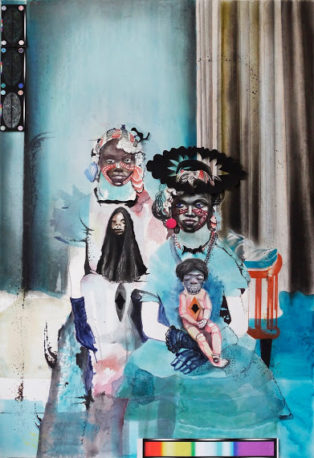
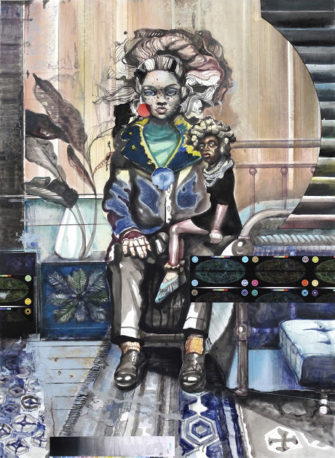
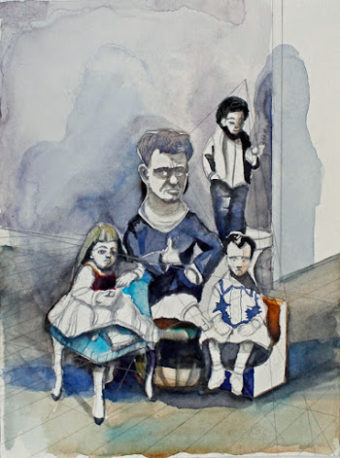

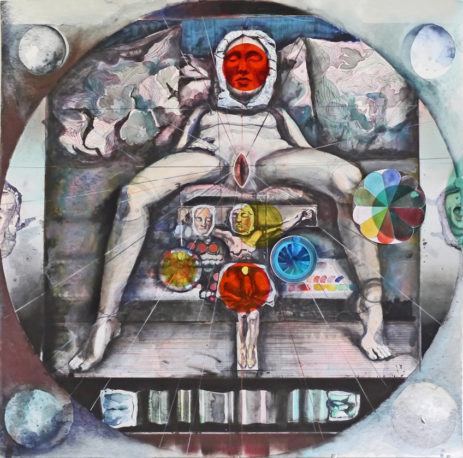


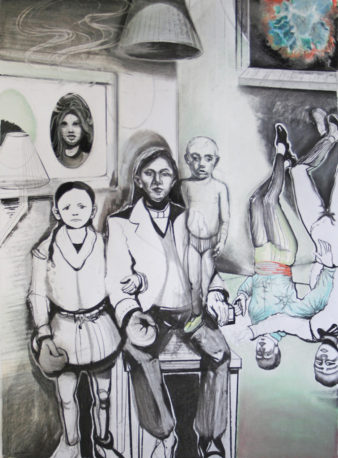
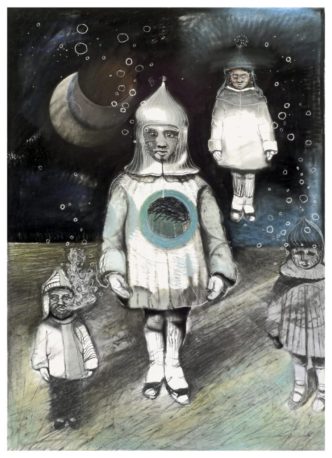
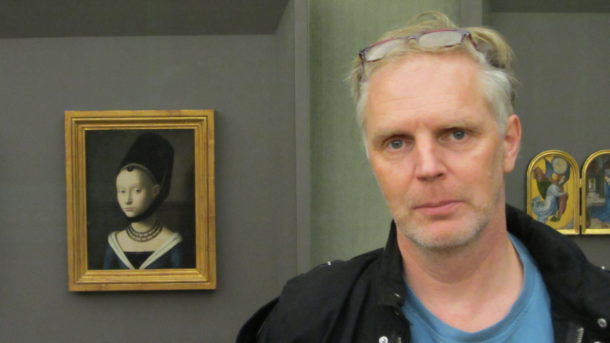














The opinions expressed by individual commentators and contributors do not necessarily constitute this website's position on the particular topic.